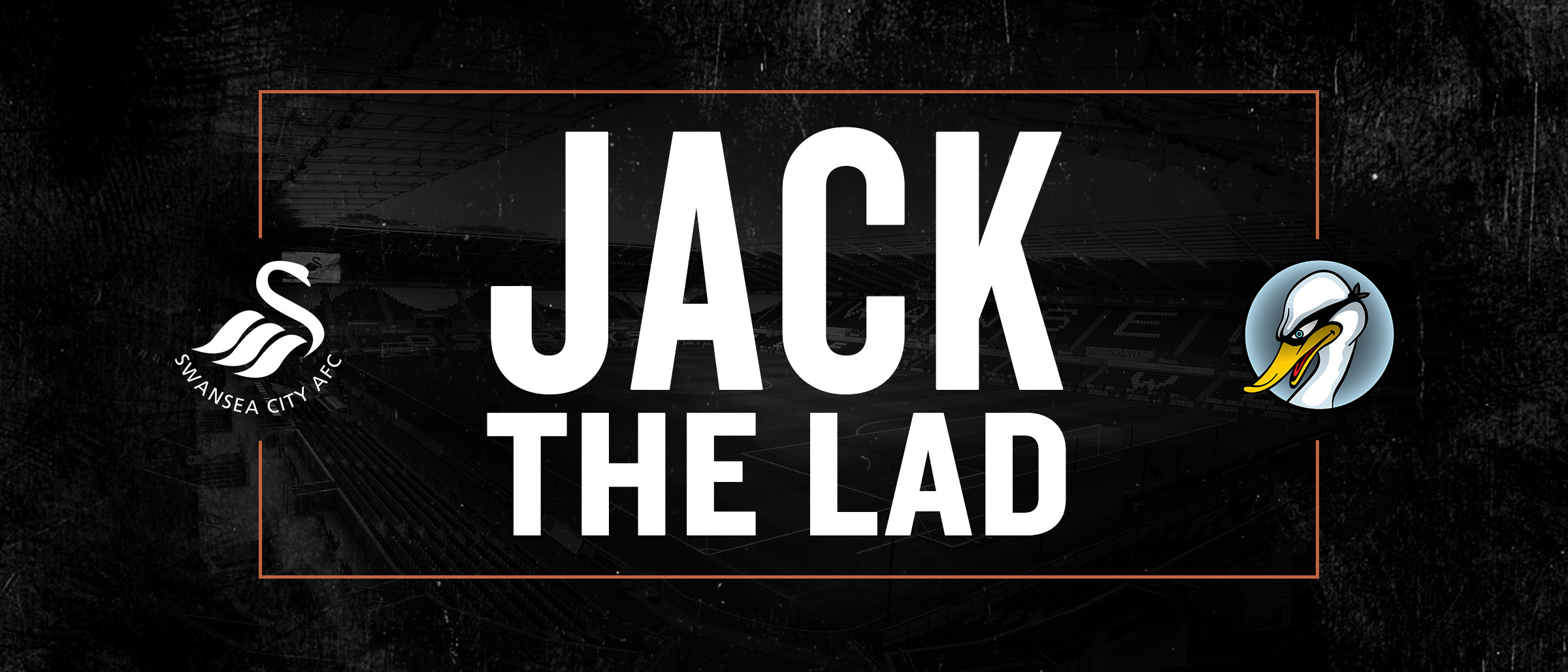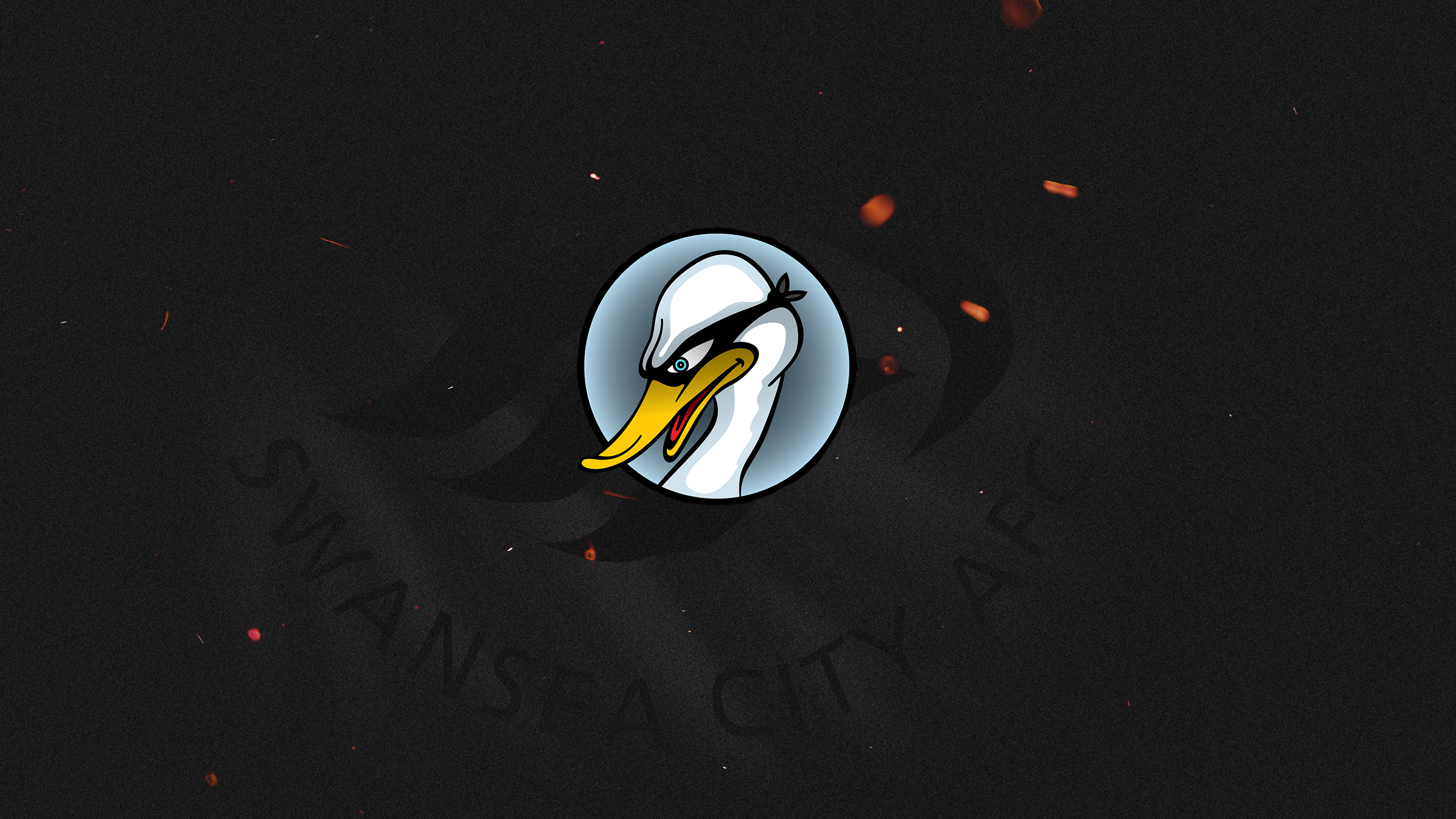Jack the Lad: A colourful story
As the Swans get set to return to Premier League action at Burnley this weekend, supporter-turned-blogger Jack The Lad looks into the stories behind the kits.
For football fans it’s as familiar as fish and chips or bacon and eggs. Claret and blue may not be the most obvious colour combination, but it is one of the most famous and distinctive shirt mash-ups in British football.
But have you ever wondered how this particular kit combo came about and why it has been adopted by such diverse teams with no apparent connection?
The Swans’ next opponents, Burnley, along with Aston Villa, West Ham and Scunthorpe United, all proudly sport the colours, which you wouldn’t necessarily expect to have sprung to mind when the clubs’ founders were choosing their identities back in the late 1800s and early 1900s.
There are all kinds of weird and wonderful reasons why clubs originally adopted their home colours, while some are far more straightforward.
For example, the Swans are said to have simply followed in the footsteps of the rugby team which already existed in the town and wore an all white kit. For several years they were the only team in the Football League to play all in one colour.
Many fledgling teams adopted this practice of adopting the colours of local sports clubs and organisations which already existed.
Others used the colours of schools and colleges from which board members or players had graduated.
The first of the English clubs to formally adopt claret and blue as their colours was Aston Villa.
Villa played in a variety of colours, including red and blue hoops, black, a white and red piebald kit and even green before they hit on claret and blue.
One theory is that the combination is down to the Scottish influence of the club's founder William McGregor, who introduced a lion to the club's jerseys.
The lion is almost a perfect duplicate of the one on the Rangers crest and the Villa motto ‘Prepared’, is similar to Rangers’ ‘Ready’.
One theory has it that Villa's Scottish board members and players were in a pub when they decided on the historic colours. They took the blue of Rangers and maroon from Hearts which was then refined to the famous claret and blue.
The story behind West Ham adopting the colours is probably the most interesting of all.
West Ham’s predecessors, Thames Ironworks FC, played in an all dark blue kit because the managing director of the Thames Ironworks & Shipbuilding Company, Arnold Hills, was an Oxford University graduate who played in the Varsity Match and the 1877 FA Cup final.
However, legend has it the club ‘acquired’ Villa’s colours thanks to a visit to the Midlands by one of their coaches in 1899.
As well as his footballing prowess, Bill Dove was also a sprinter of some note, and on a visit to a fair in Birmingham, he challenged four Aston Villa players to a race, upon which a bet was placed.
Bill romped home, but the Villa players didn’t have the cash to pay up on the bet. One of them was responsible for washing the Villa kit, so he offered Dove a complete set of the club’s shirts by way of payment.
The following year, Thames Ironworks were renamed West Ham and later turned out in claret and blue kits.
This story has been disputed but it's more colourful – in every way – than the theory that West Ham simply copied the kit because Villa were the most successful team in British football at the time, which is supposedly why Burnley adopted the colours.
The Lancashire club had played in a variety of colours following their formation in 1882, including white, blue, black and amber, pink and white, red and green.
The green shirt was thought to be unlucky and was dropped in 1910 for the iconic claret shirt with blue sleeves of reigning Football League Champions Villa, who had won the title six times since 1894.
It's thought that Scunthorpe also adopted the claret and blue colours out of admiration for Villa.
Perhaps imitation is the sincerest form of flattery after all.
C'mon you Swans.

